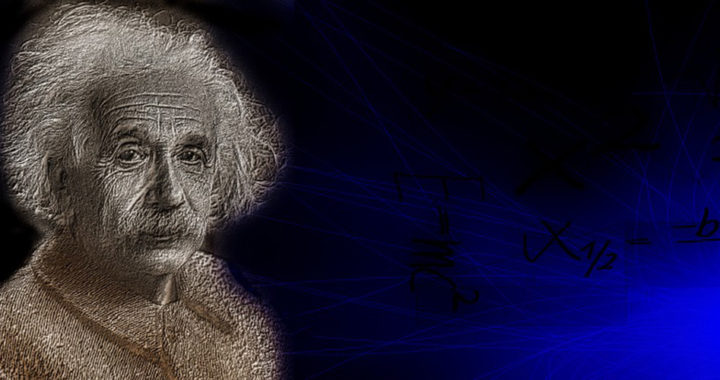Renowned theoretical physicist Albert Einstein first introduced the Special Relativity Theory in the paper “On The Electrodynamics of Moving Parties” he published in 1905. In 1915, he also introduced another theory called the General Relativity Theory.
What Is The Difference Between the Special Relativity and General Relativity?
Note that both theories were derived from the general concept of relativity. Einstein did not pioneer the introduction of this concept. For example, the Galilean relativity states that two observers moving at a constant velocity will get the same results from all mechanical experiments.
Einstein expounded and adjusted the traditional notions about relativity through his Special Relativity Theory and General Relativity Theory.
A Simplified Explanation of Special Relativity Theory
Special relativity generally states that the laws of physics and thereby, the laws of the universe is the same for observers moving at an equally similar rate. However, in the vacuum of space, the speed of light is a constant independent of any observer.
In other words, the theory is based on two postulates:
1. The laws of physics are invariant or unchanged in all inertial systems or non-accelerating frame of reference; and
2. The speed of light in a vacuum is the same for all observers, regardless of the motion of the light sources.
The special relativity theory has many consequences and applications. For example, it created a fundamental link that unified space and time, thus allowing the universe to be viewed in four dimensions that include up/down, left/right, forward/backward, and time. This four-dimensional space has been referred to as the space-time continuum.
Based on the theory, it has been argued that the observation someone made about space and time differs somewhat from the observations of others who are moving at different speeds.
Special relativity theory also unified mass and energy. Einstein found out that as an object approached the speed of light, its mass increases. Hence, as it goes faster, it also becomes heavier. Its application proves the principle of the conservation of mass-energy. To be more specific, matter can be turned into energy and energy can be turned into matter because there two are fundamentally connected.
A Simplified Explanation of General Relativity Theory
But what about the General Relativity Theory? How is it different from Special Relativity Theory?
While the Special Relativity Theory got attention and acclaim, there was also another problem for Einstein: figuring the relationship between acceleration, mass, and gravity. He spent a decade trying to solve this problem until in 1915, he came up with the General Theory of Relativity.
The theory states that mass or more specifically, massive objects cause a warping, distortion, or curvature of spacetime. This curvature is what has been observed as gravity. Essentially, the theory is a theory of space and time, and it explains further the nature of gravity.
It is interesting to note that the General Relativity Theory contradicts the Newtonian Gravity or the Universal Law of Gravitation proposed by Sir Isaac Newton. Also called the Geometric Theory of Gravitation, Einstein describes gravity as not a force but a property of spacetime geometry.
Note that Newton viewed gravity as is one of the fundamental forces of nature. According to the Newtonian gravity, all objects with mass are naturally drawn to one another. However, General Relativity Theory argues that gravity is a consequence of the curvature of space and time caused by the uneven distribution of mass.
In Summary: Special Relativity vs. General Relativity
Special relativity is a theory arguing that the relative motion of two objects should be the frame of reference rather than an external or esoteric reference system. On the other hand, the general relativity theory is a theory of space and time as the two aspects of spacetime, and a theory explaining the gravitational phenomenon.





